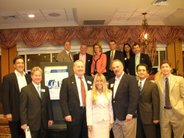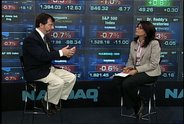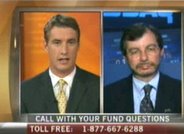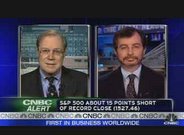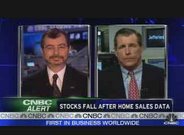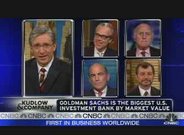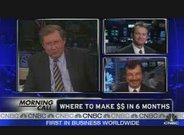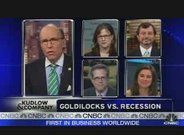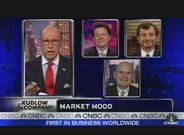 Attending yesterday’s Lipper/HedgeWorld conference in New York City provided a wealth of detailed information re hedge funds. As someone who produces and conducts such events for CFA Societies throughout the US, I am always interested in breakout sessions that go into considerable detail re the inner workings of hedge funds and private equity, the two opaque behemoths of the unregulated money world. Such was the case with the two breakout sessions I attended, one titled “Strategy Focus: Credit Derivatives/Structured Products”, the other “Strategy Focus: Looking Abroad and Beyond the BRICs”.
Attending yesterday’s Lipper/HedgeWorld conference in New York City provided a wealth of detailed information re hedge funds. As someone who produces and conducts such events for CFA Societies throughout the US, I am always interested in breakout sessions that go into considerable detail re the inner workings of hedge funds and private equity, the two opaque behemoths of the unregulated money world. Such was the case with the two breakout sessions I attended, one titled “Strategy Focus: Credit Derivatives/Structured Products”, the other “Strategy Focus: Looking Abroad and Beyond the BRICs”.
Here are a few comments on each:
The first session on credit derivatives and structured products provided an amazing example of the risks inherent in complex, customized deals. The story, described by one of the panelists, was from the last 1990’s and dealt with a structured product for Russian treasury obligations created and marketed by a major investment bank. The deal had two component pieces to it.
The first piece was the return produced by the yield on the core instrument. The second piece was the return expected from the currency translation. Two interrelated returns – yield and currency – that together would counterbalance one another should one part of the equation, say the yield, go against the investor. Rates rise, price goes down, currency goes up. Sounds like a normal bond/currency transaction, right? It was except for the fact that when yields rose dramatically during the Russian debt crisis of the late ‘90’s, guess who had stripped out the currency return from the structured product? None other than the investment bank who put the deal together. In other words, the investor(s) was left holding the bag on a highly risky investment simply because they did not have the proper risk management systems in place (lawyers, in this case). Sounds like a one off? Not really.
From my previous hedge fund seminar experiences, many if not most mid and small sized hedge funds lack the rigorous risk management talent necessary to play the high-risk games that they do. Now, when you combine this fact with five other facts - huge sums of money under management, limited practical investment experience of many of the managers, many, many players in the game, a limited number of unique strategies, and the pressure to perform, things can and do get quite sloppy. Moreover, correlations go up as the momentum lemmings have little choice but to play the game to stay in the game.
The second session on emerging markets provided yet another story of the abundant liquidity in the global financial economy. It’s a story that comes straight out the current news, as reported by Reuters this past Thursday: “Ghana sold a $750 million Eurobond Thursday, with order books testifying to abundant appetite for the debut bond from the West African country and possibly for future issues from the continent. The 10-year dollar bond was sold at par to yield 8.5 percent, the tight end of the guidance given on Wednesday, lead managers Citi and UBS said.”
Tight end of the deal! Try 10 times oversubscribed, according to one of the panelists at yesterday’s emerging markets session. And this was no small deal for the B+ rated paper. According to the Reuters article, “The book size was almost $3 billion with about 40 percent placed to U.S. investors, 36 percent with UK investors and the rest in Europe, officials with the banks said.” For those who may not recall, Ghana, is a country that was “part of a historic 2005 $40 billion debt relief effort for Highly Indebted Poor Countries”. That’s two years ago. And in two years time, all is forgiven and forgotten. Bye, bye fear, hello risk appetite.
Investment Strategy Implications
The Ghana story, whose “success comes a day after Turkey sold $1.25 billion in 2018 Eurobonds, which were three times oversubscribed”, along with the structured product story noted above, provide two clear examples of the need to understand the $3 trillion (not including leverage) hedge fund/private equity players better.
Hot money abounds. So does the lack of risk management skills of many hedge fund and private equity players. The powerful combination of the two creates distortions that impact financial assets everywhere. And provides yet another example why the Fed's domestically-driven rate decision looks more irresponsible with each passing day.
 excerpts from this week's report:
excerpts from this week's report:















